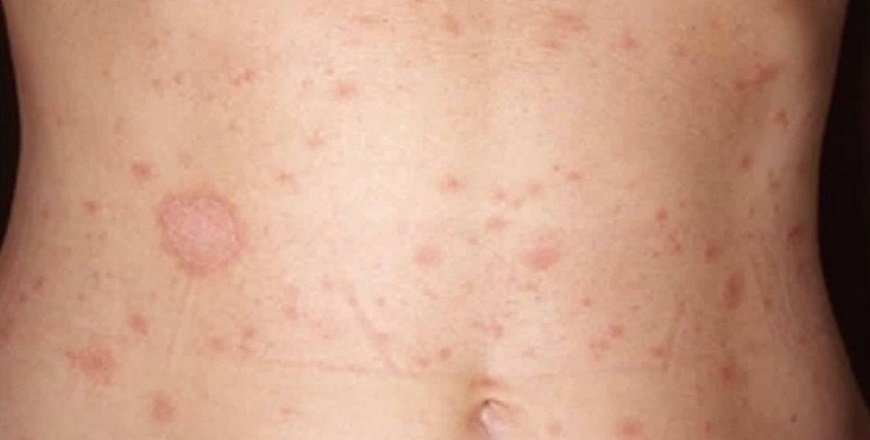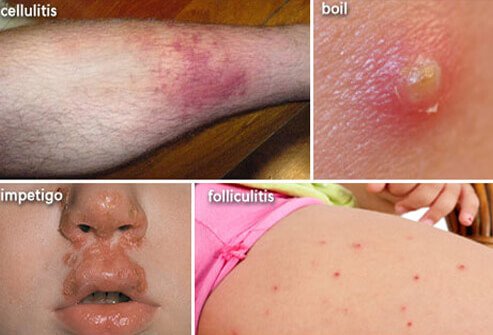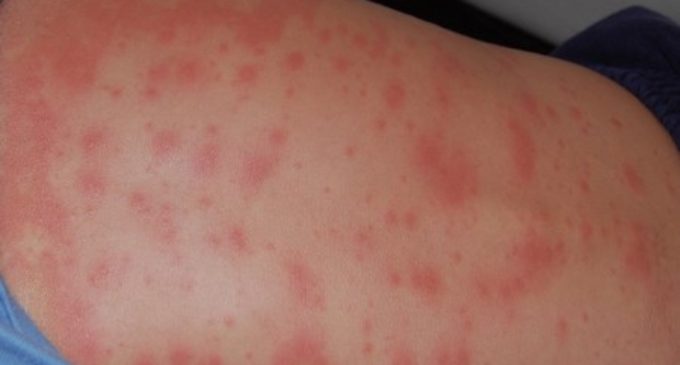-
Select Condition :
Fungal Infection

A fungus is a germ that ranges from something tiny and barely visible all the way to something big like a mushroom. They are all around us and don't usually cause any problems.
Sometimes they can cause itchy skin infections which are treated with creams or tablets.
Common fungal infections
Bacterial Infection

Bacteria can infect any area of the body. Pneumonia, meningitis, and food poisoning are just a few illnesses that may be caused by harmful bacteria.
Gram staining, bacterial culture with antibiotic sensitivity determination, and other tests are used to identify bacterial strains and help determine the appropriate course of treatment.
Common bacterial infections
Viral Infection

A viral infection is a proliferation of a harmful virus inside the body.
Viruses cannot reproduce without the assistance of a host. Viruses
infect a host by
introducing their genetic material into the cells and hijacking the
cell's internal machinery
to make more virus particles. With an active viral infection, a virus
makes copies of
itself and bursts the host cell (killing it) to set the newly-formed
virus particles free.
In other cases, virus particles “bud” off the host cell over a period of
time before killing
the host cell. Either way, new virus particles are then free to infect
other cells.
Symptoms of the viral illness occur as a result of cell damage, tissue
destruction,
and the associated immune response.
Certain viruses -- like the ones that cause chickenpox and cold sores -- may be inactive or “latent” after the initial infection. For example, you may have a cold sore that erupts and then heals. The cold sore virus remains in your cells in a dormant state. At a later date, a trigger, such as stress, sunlight, or something else, may reactivate the virus and lead to new symptoms. The virus makes more copies of itself, releases new virus particles, and kills more host cells.